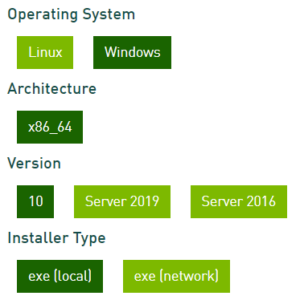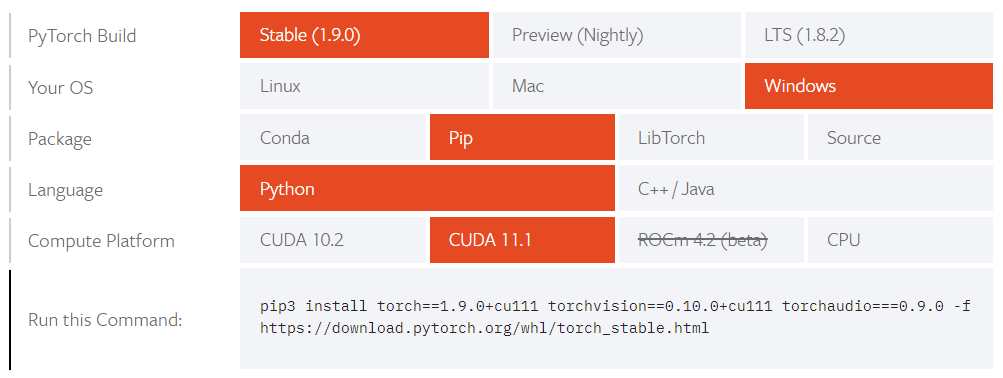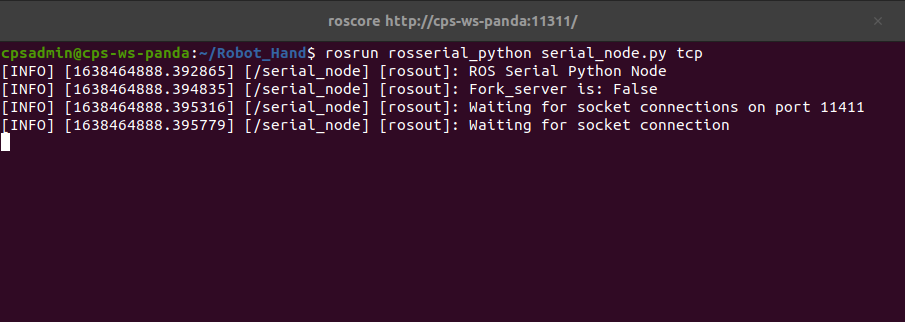Meeting Details
Date: 15th February 2022
Time : 13:30 – 14:00
Location : Chair of CPS, Montanuniverität Leoben
Participants: Univ.-Prof. Dr. Elmar Rueckert, Vedant Dave
Agenda
- Check the formulation of Iterative Empowerment.
- Information Bottleneck for Non-Markovian environments.
Topic 1: Iterative Empowerment
- Implementation of formulation in gridworld.
- Comparision with prior approaches and other curiosity modules.
Topic 2: Information bottleneck for Non-Markovian environments
- Idea formulation.
- Study Information bottleneck and related papers thotoughly.
Literature
To be added
Next Meeting
TBD







